As if the climbs and views and snacks and companions of cycling in Taiwan aren’t sufficient, the GPS-generation of route-planners are now using apps such as Strava and Endomondo to create works of art as they ride.
One such is nicknamed the Dove Road of Sijhih (汐鴿路), a 25km ride that follows the riverside bike path from the Nangang-Neihu Bridge (南湖橋) to New Taipei City’s Sijhih District (汐止), climbs around 400m up the Sijhih-Shiding Road (汐碇路), before dropping back down past Academia Sinica to generate a very dove-like pattern.
Originally called Kippanas by indigenous Ketagalan people and transliterated into Hoklo (more commonly known as Taiwanese) as phangasi (峰仔峙), Sijhih’s modern Chinese name means “tide stops” and indicates it is located at the tidal limit of the Keelung River and is therefore essentially at sea level. Once a sleepy suburb on the edge of the Taipei Plain, it developed rapidly since the 1980s, and is now home to many of Taiwan’s major electronics headquarters, including Acer and Garmin.
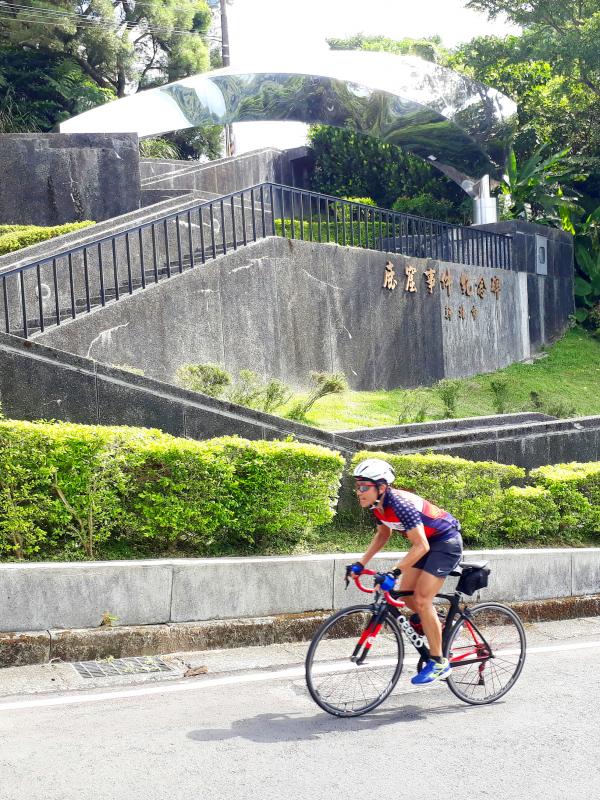
Photo: Mark Caltonhill
To the north, though not on today’s menu, is a choice of three popular routes up Wujhih Mountain (五指山, “Five Finger Mountain”). At the top is the military cemetery designed as the final resting place for former president Chiang Kai-shek (蔣介石) and his son, former president Chiang Ching-kuo (蔣經國). To date, however, its top-flight resident is the mostly-forgotten Yen Chia-kan (嚴家淦, president from 1975 to 1978) though starting Oct. 7, he will be joined by recently deceased Lee Teng-hui (李登輝, president from 1988 to 2000).
Similarly, to the south, three routes climb to Luku (鹿窟, literally “Deer Cave,” but more likely the transliteration of an Aboriginal name). Two rise quite precipitously, but today’s dove-shaped route takes the westernmost, which fortunately is also the easiest. Eight kilometers and around 400m of ascent bring you to a plateau, marked by a sculpture of stone and twisted steel.
Identified as the Luku Incident Memorial (鹿窟事件紀念碑), information in Chinese relates that it marks the site of what was possibly the largest political showdown of the two Chiangs’ 38 years of martial law, also known as the period of White Terror (白色恐怖, 1949 to 1987). On the pretext of arresting two so-called communist sympathizers, Chen Pen-chiang (陳本江) and his brother Chen Tung-ho (陳通和), 10,000 troops and armed police entered the area in December 1952.
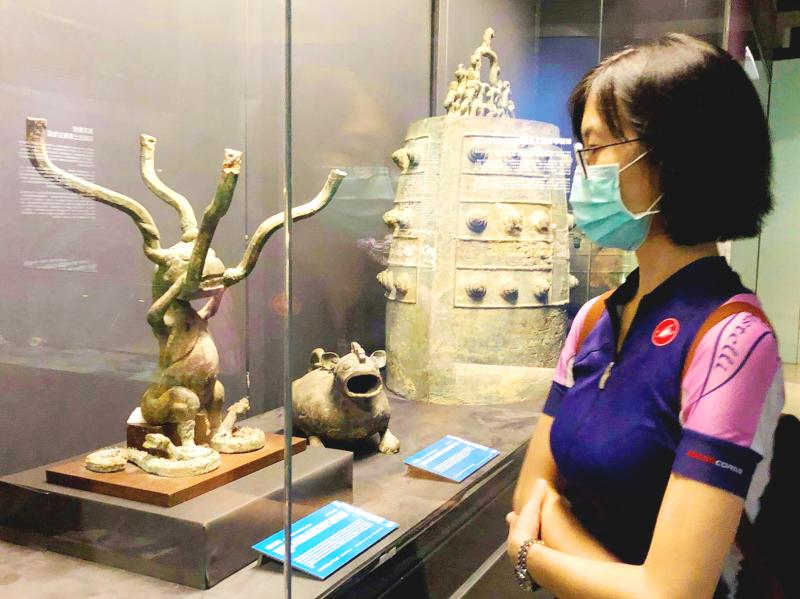
Photo: Mark Caltonhill
ARREST AND TORTURE
This ended with the arrest, torture and imprisonment of as many as 400 local, poorly educated farmers and miners. Ninety-eight were given prison sentences and 35 were sentenced to death, leaving only women and children at liberty.
If time and energy allow, turn off your GPS so as not to ruin your upcoming work of art, and cycle the 1km uphill to the Guangming Zen Temple (光明禪寺). Now a tranquil Buddhist monastery, in 1952 this was where many of the innocent farmers were taken for questioning and, according to oral accounts, torture.
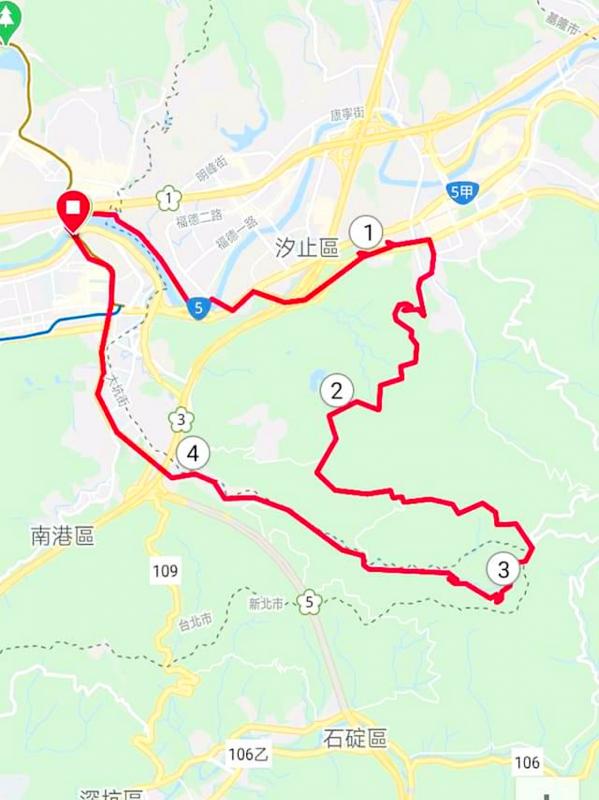
Photo: Mark Caltonhill
Back on dove’s tail, descending from the memorial brings you to the Nangang Tea Processing Demonstration Center (南港茶葉製造示範場, open Tuesdays to Sundays, from 9am to 5pm).
For those in a rush, it is a good place to refill water bottles for free; for those not pressed for time, there are exhibitions relating to the baozhong tea (包種茶) grown in this area since the 1880s, and demonstrations of equipment and techniques used to transform botanical produce into the lightly oxidized beverage somewhere between green teas and oolong. Naturally, there is the chance to taste various infusions and, during mealtimes, tea-flavored eggs, tofu and jelly, as well as more substantial meals are on sale.
On weekends, you may well meet Pan Wen-pin (潘文彬), a lecturer at Nangang Community College. He is more than happy to explain everything local, from the history of the tea farms and details of tea-drinking etiquette, to local geography and contemporary environmental developments. Unfortunately, like the memorial, he is only available in a Chinese-language version.
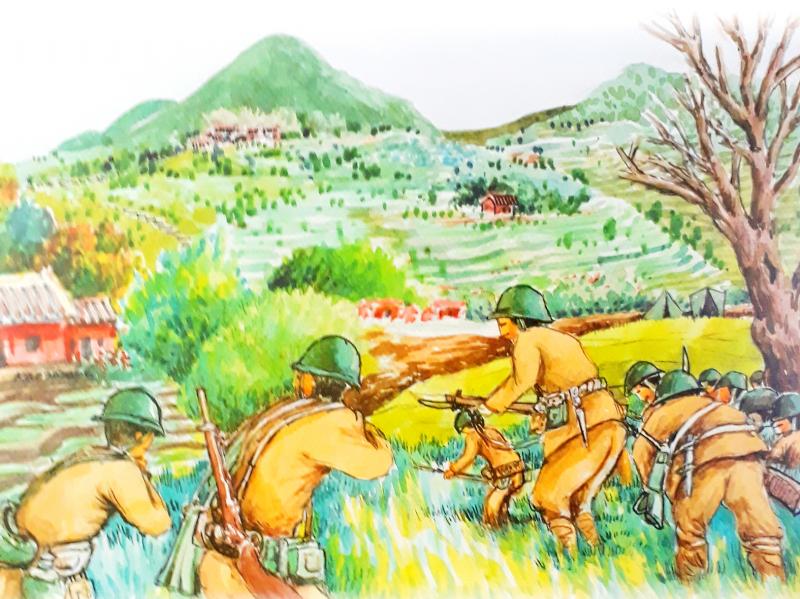
Photo: Mark Caltonhill
The center is also a good place to leave your bike should you fancy hiking one of the many trails in the surrounding woods (though once again, don’t forget that GPS). Highlights include vestiges of the short-lived coal-mining activities, “hundred-year-old” camphor and osmanthus trees, a couple of old suspension bridges and various Qing Dynasty farmhouses.
Great views over the Taipei Basin are to be had looking west, while eastward the hills stretch out toward Keelung and the Pacific Ocean, with their hint of open-country cycling all the way to Taiwan’s southern tip.
That’s for another day, however, and with your GPS switched back on, follow the road as it descends pleasantly past tea farms to Nangang. Here, innumerable food options are available to those already suffering low blood sugar after expending around 500 kcals for this short couple of hours’ ride.
ETHNOLOGY AND ARCHAEOLOGY
For those still going strong and with an interest in Taiwan’s cultural inheritances, on Wednesdays and weekends another short 300m diversion is on offer to the Museum of the Institute of Ethnology (民族學研究所博物館) and Museum of the Institute of History and Philology (歷史文物陳列館) at Academia Sinica (中央研究院).
The former offers a broad-strokes introduction to Taiwan’s various Aboriginal groups and the diversity of its Han Chinese cultures. Particularly striking, however, is the institute’s external architecture, which was designed by renowned architect Han Bao-de (漢寶德) and incorporates Minnan stylistic elements of southern Fujian Province, from where the majority of immigrants came in the 17th to 19th centuries.
The latter really deserves a full day visit of its own. Its permanent collections of archaeological finds from all over China are frequently borrowed for special exhibitions at the National Palace Museum and elsewhere, but can be seen here for free.
These include 7,000 Paleolithic items, 13,000 inscribed wooden slips from the Chinese frontier in the Han Dynasty, and over 70,000 pieces, including bronzeware and Oracle Bone inscriptions, excavated from the Shang Dynasty ruins at Anyang in Henan Province. There is currently also a temporary exhibition of Taiwan’s archaeological discoveries dating from 30,000 years ago up to the large-scale arrival of Han Chinese and Western immigrants in the 17th century.
OK, after this you probably do deserve a sit down and a bite to eat. But don’t forget to finish the last 3km back to the starting point and complete your picture of a dove.
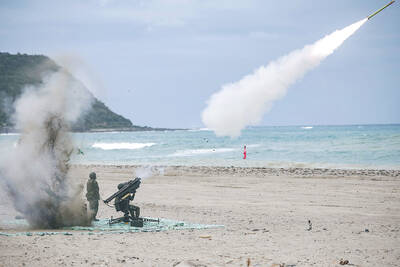
In late October of 1873 the government of Japan decided against sending a military expedition to Korea to force that nation to open trade relations. Across the government supporters of the expedition resigned immediately. The spectacle of revolt by disaffected samurai began to loom over Japanese politics. In January of 1874 disaffected samurai attacked a senior minister in Tokyo. A month later, a group of pro-Korea expedition and anti-foreign elements from Saga prefecture in Kyushu revolted, driven in part by high food prices stemming from poor harvests. Their leader, according to Edward Drea’s classic Japan’s Imperial Army, was a samurai
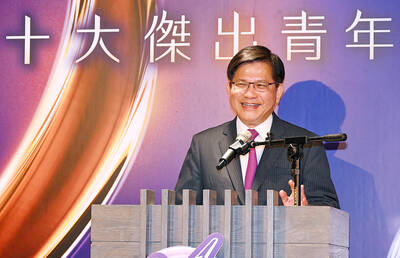
The following three paragraphs are just some of what the local Chinese-language press is reporting on breathlessly and following every twist and turn with the eagerness of a soap opera fan. For many English-language readers, it probably comes across as incomprehensibly opaque, so bear with me briefly dear reader: To the surprise of many, former pop singer and Democratic Progressive Party (DPP) ex-lawmaker Yu Tien (余天) of the Taiwan Normal Country Promotion Association (TNCPA) at the last minute dropped out of the running for committee chair of the DPP’s New Taipei City chapter, paving the way for DPP legislator Su
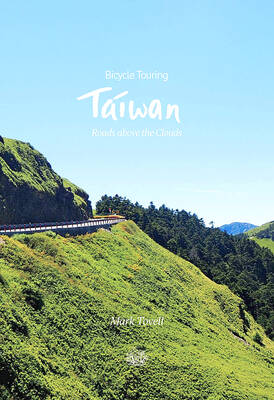
It’s hard to know where to begin with Mark Tovell’s Taiwan: Roads Above the Clouds. Having published a travelogue myself, as well as having contributed to several guidebooks, at first glance Tovell’s book appears to inhabit a middle ground — the kind of hard-to-sell nowheresville publishers detest. Leaf through the pages and you’ll find them suffuse with the purple prose best associated with travel literature: “When the sun is low on a warm, clear morning, and with the heat already rising, we stand at the riverside bike path leading south from Sanxia’s old cobble streets.” Hardly the stuff of your
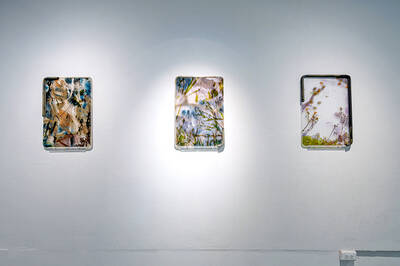
Located down a sideroad in old Wanhua District (萬華區), Waley Art (水谷藝術) has an established reputation for curating some of the more provocative indie art exhibitions in Taipei. And this month is no exception. Beyond the innocuous facade of a shophouse, the full three stories of the gallery space (including the basement) have been taken over by photographs, installation videos and abstract images courtesy of two creatives who hail from the opposite ends of the earth, Taiwan’s Hsu Yi-ting (許懿婷) and Germany’s Benjamin Janzen. “In 2019, I had an art residency in Europe,” Hsu says. “I met Benjamin in the lobby